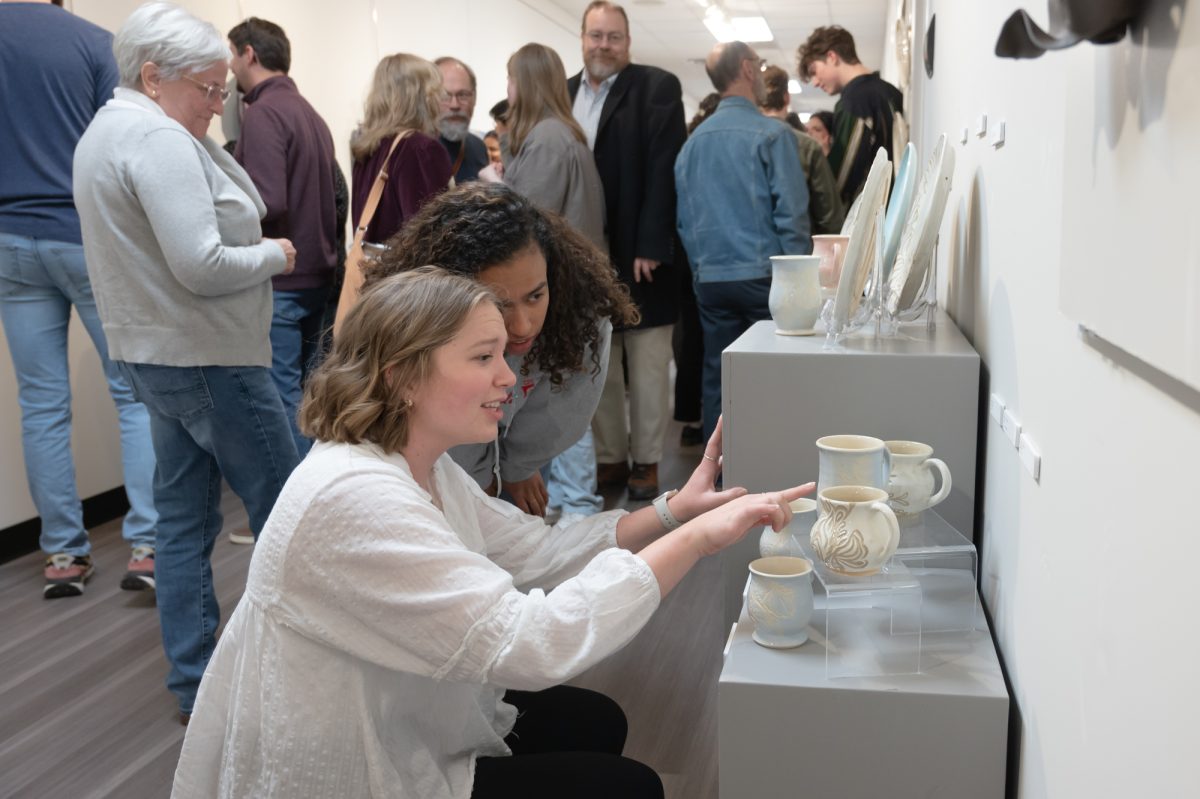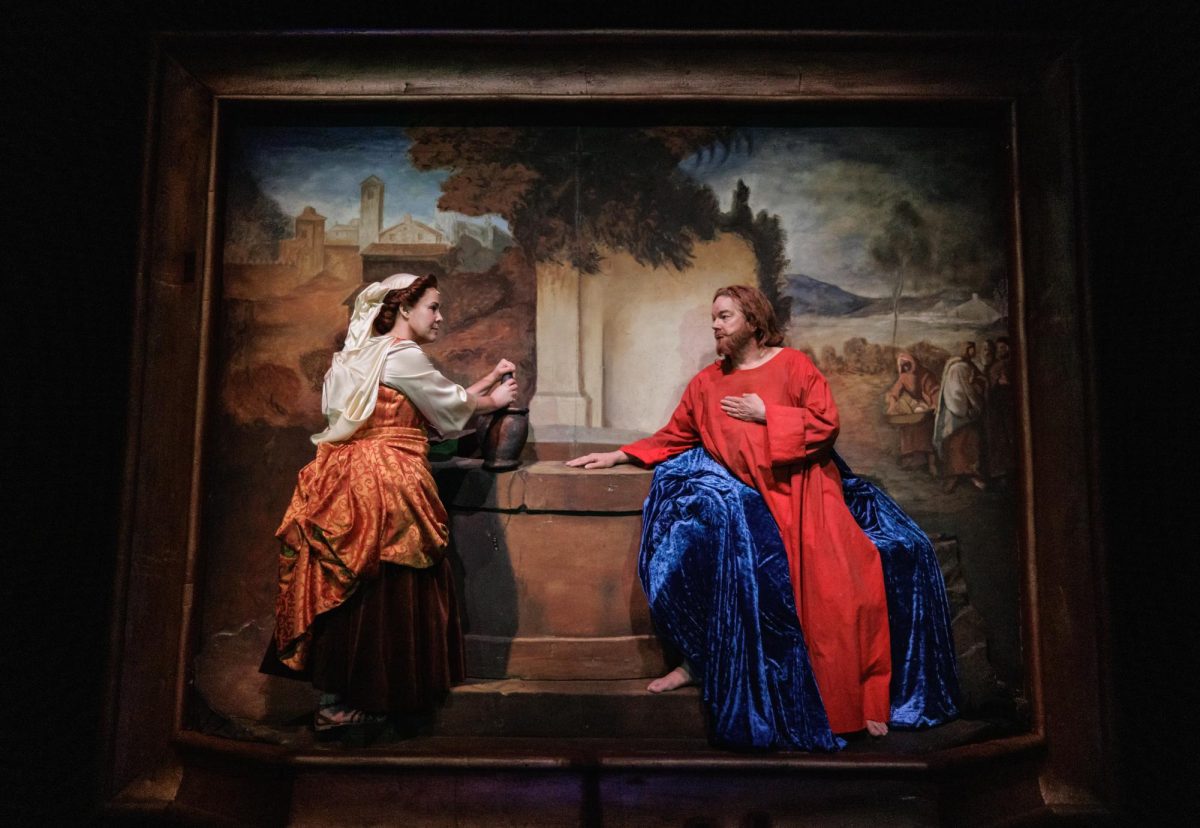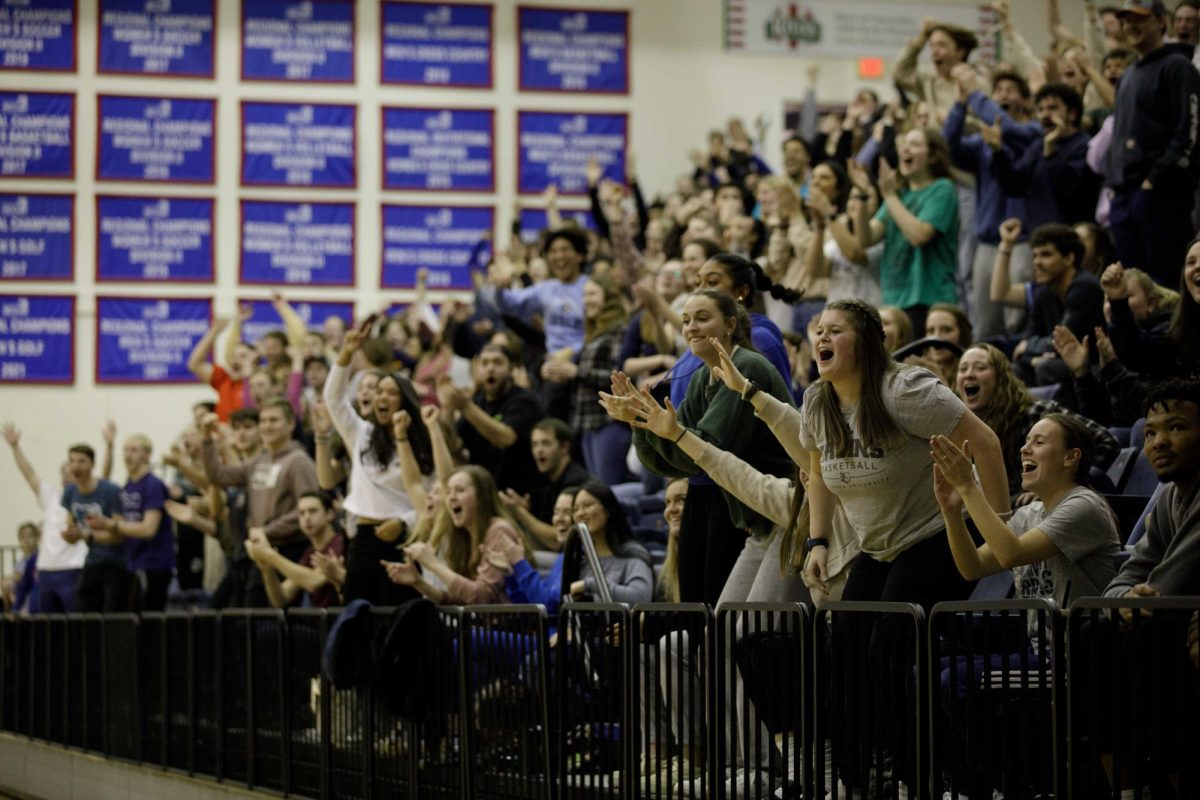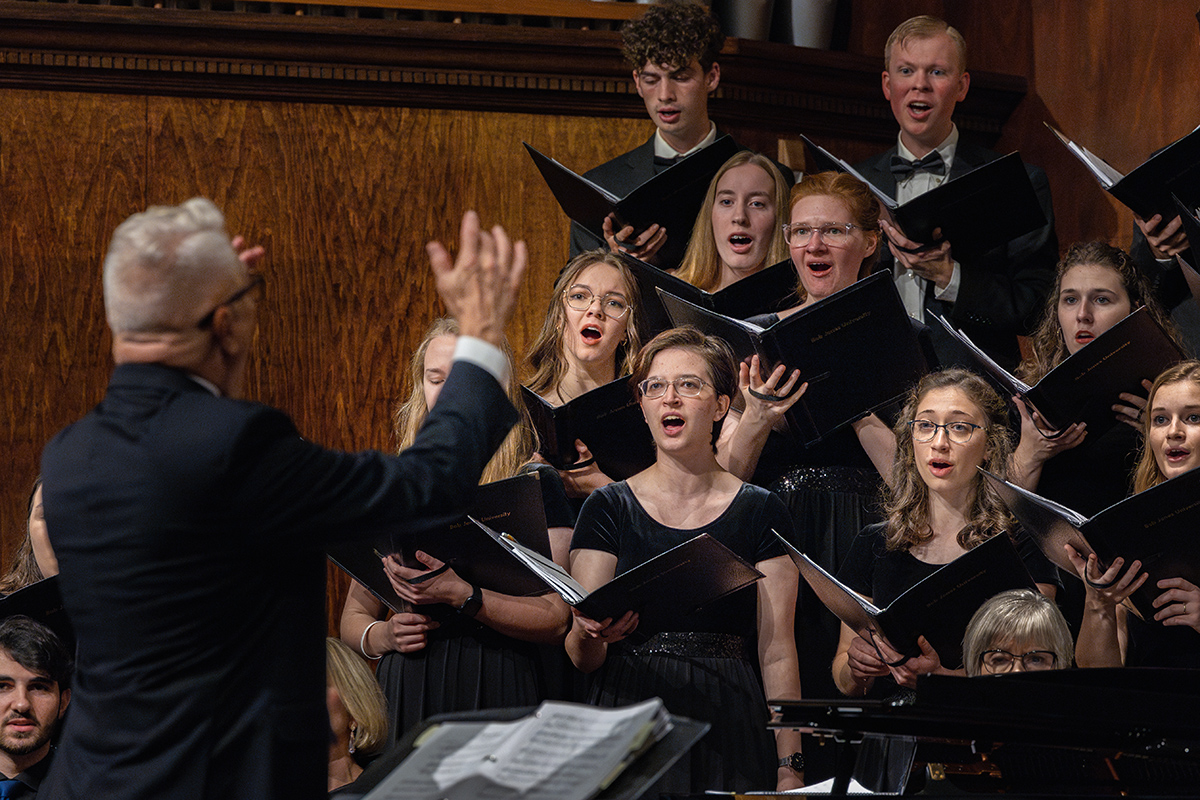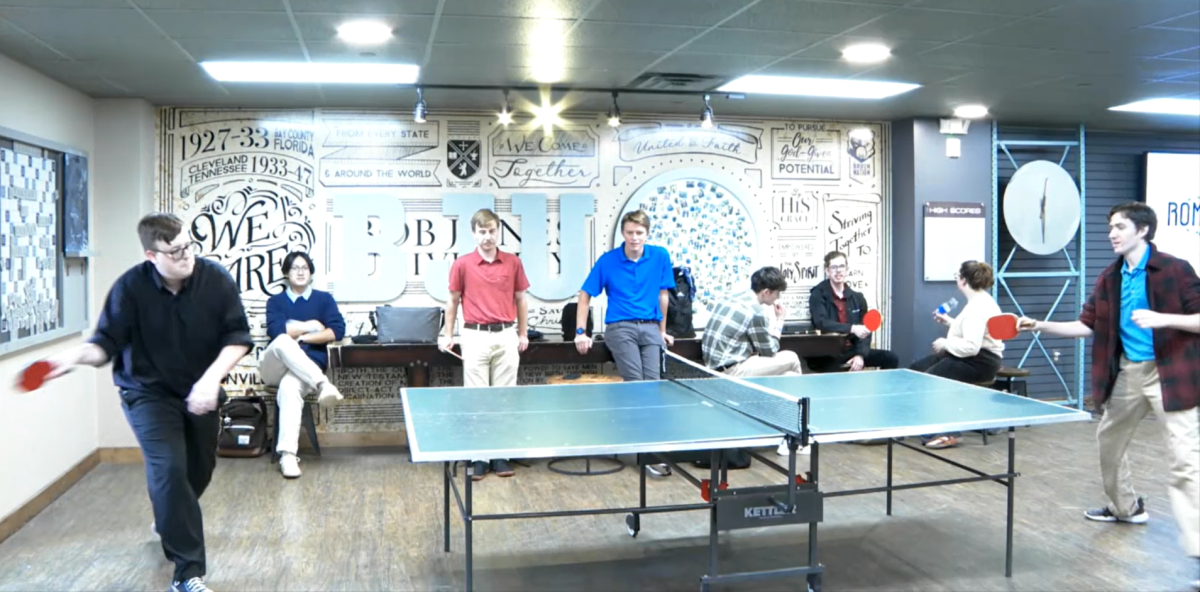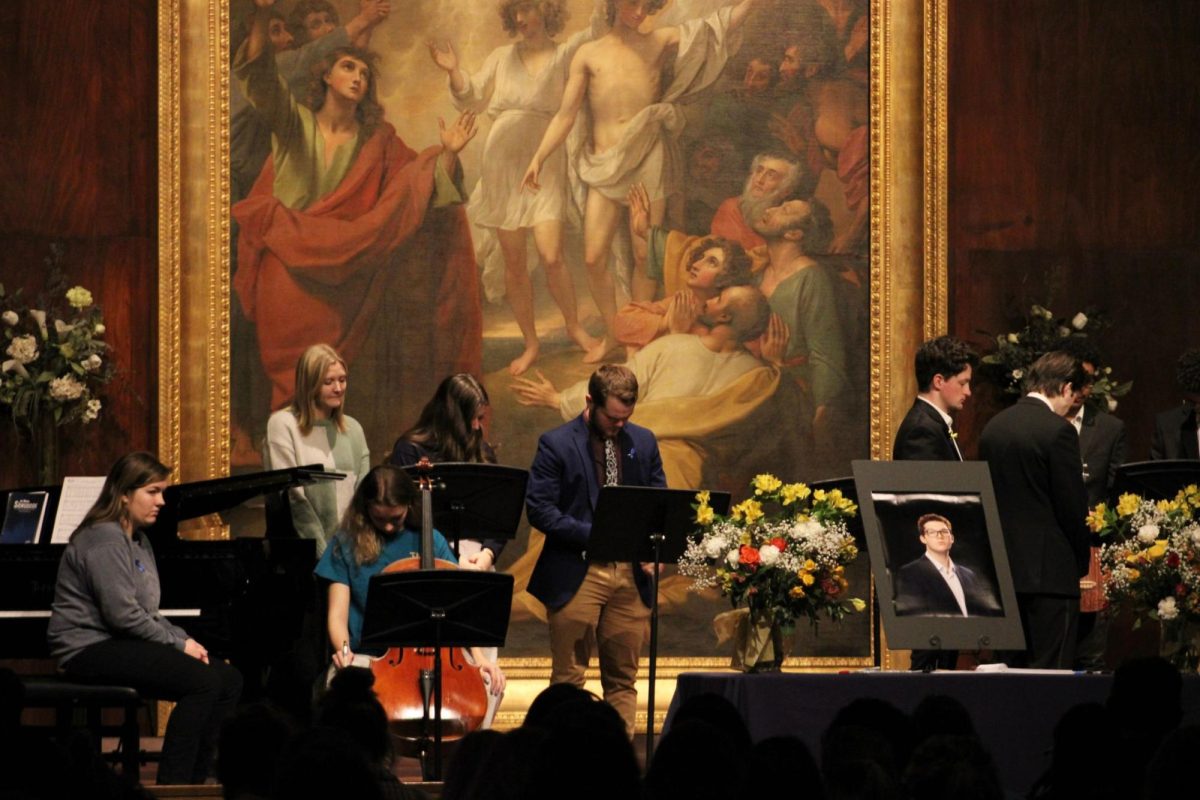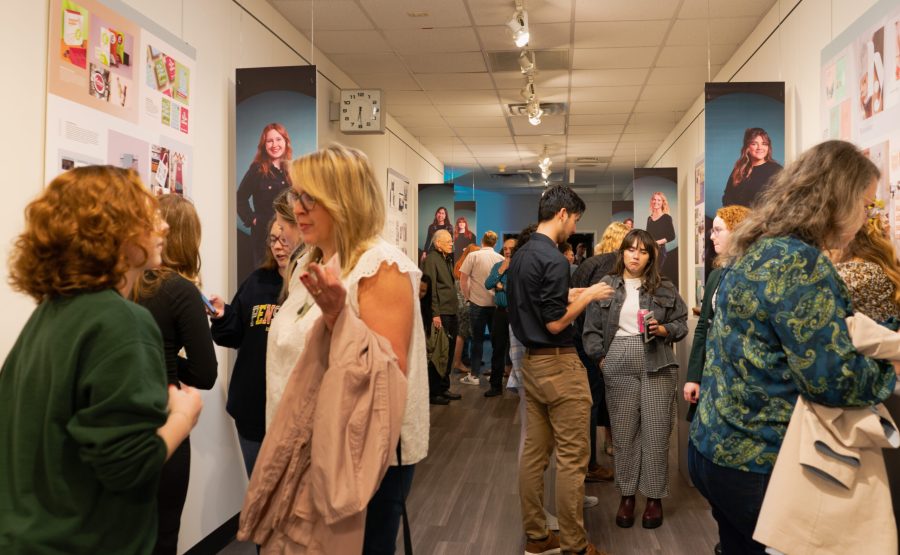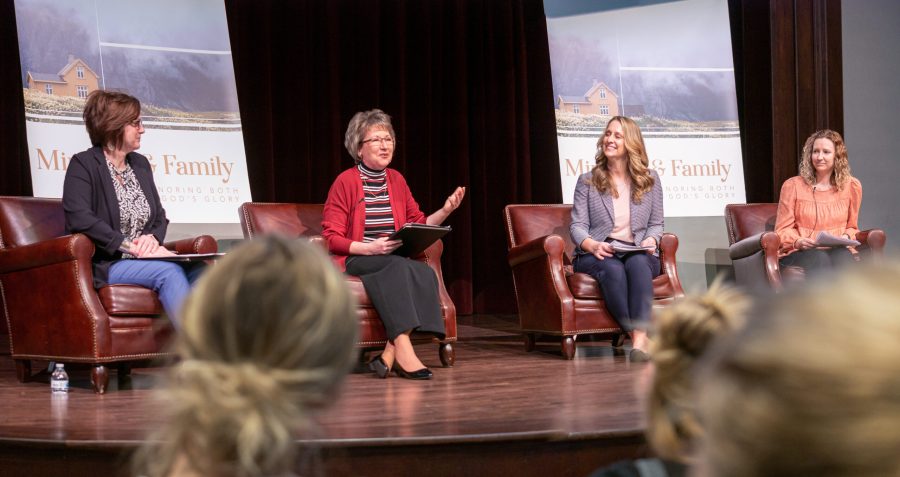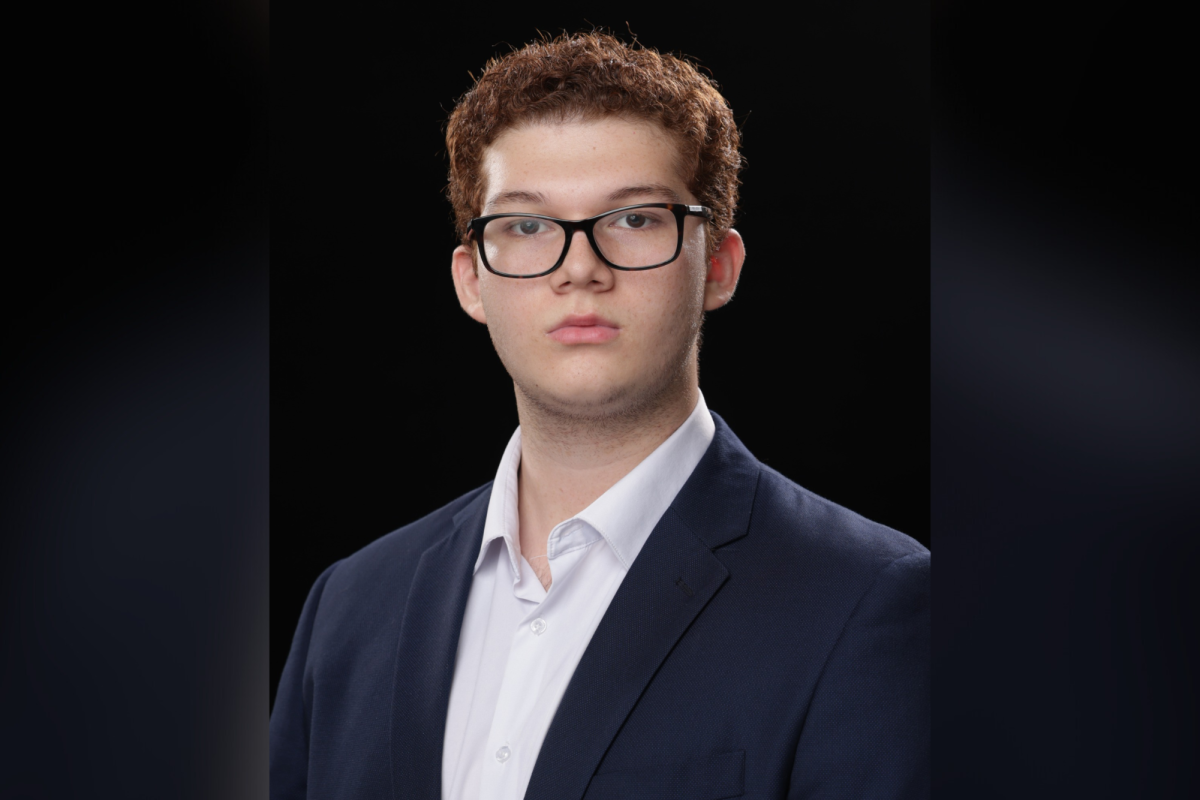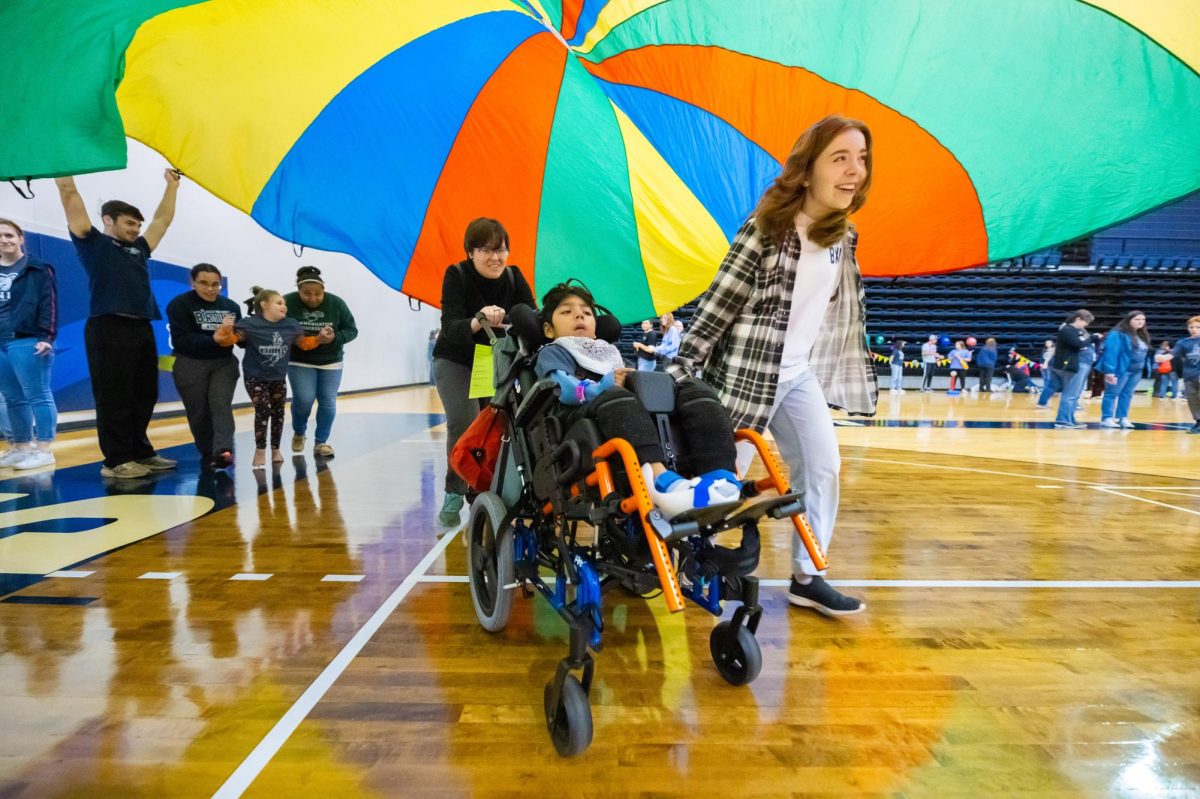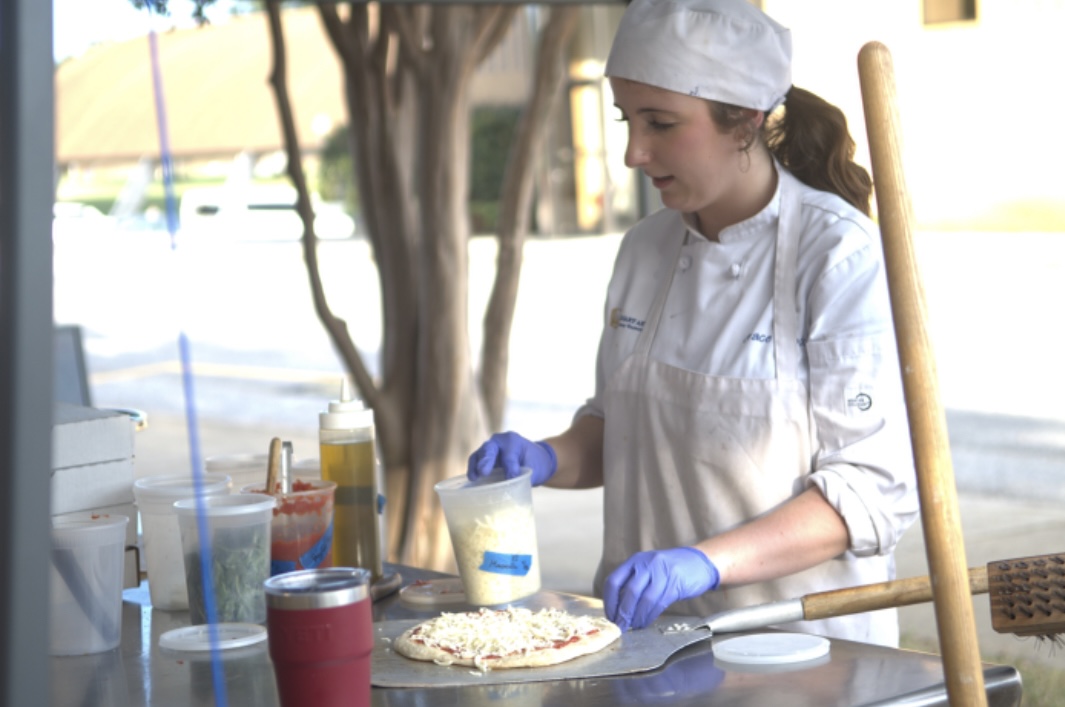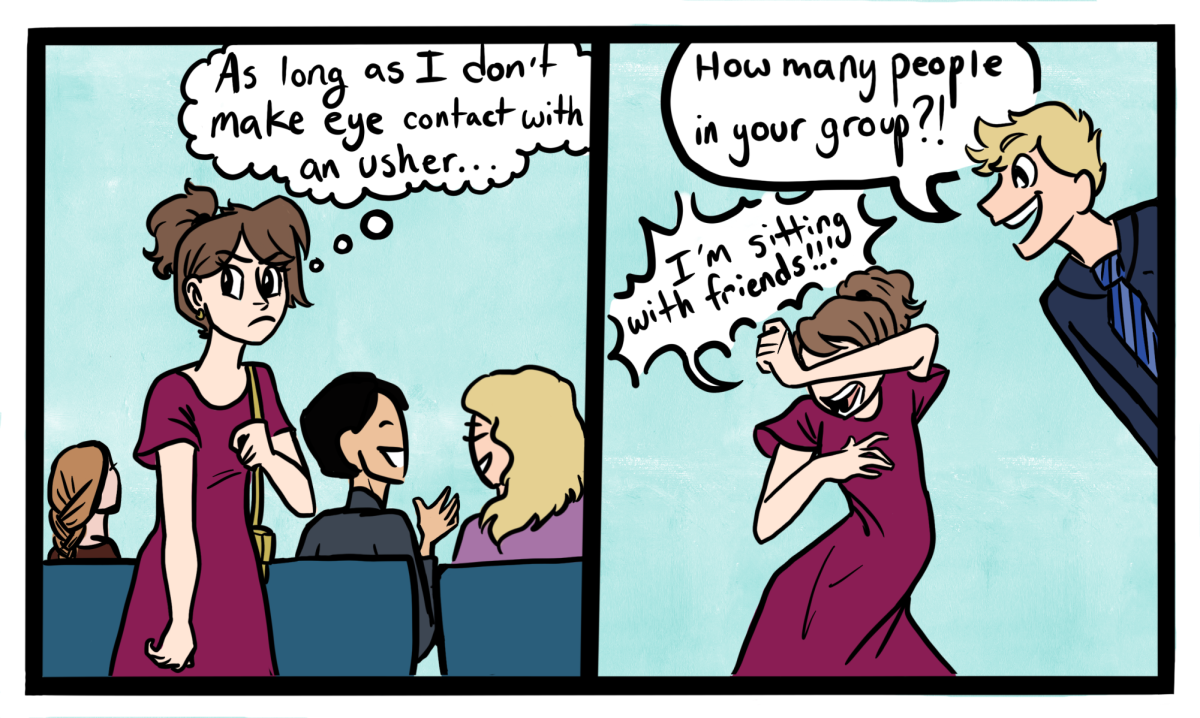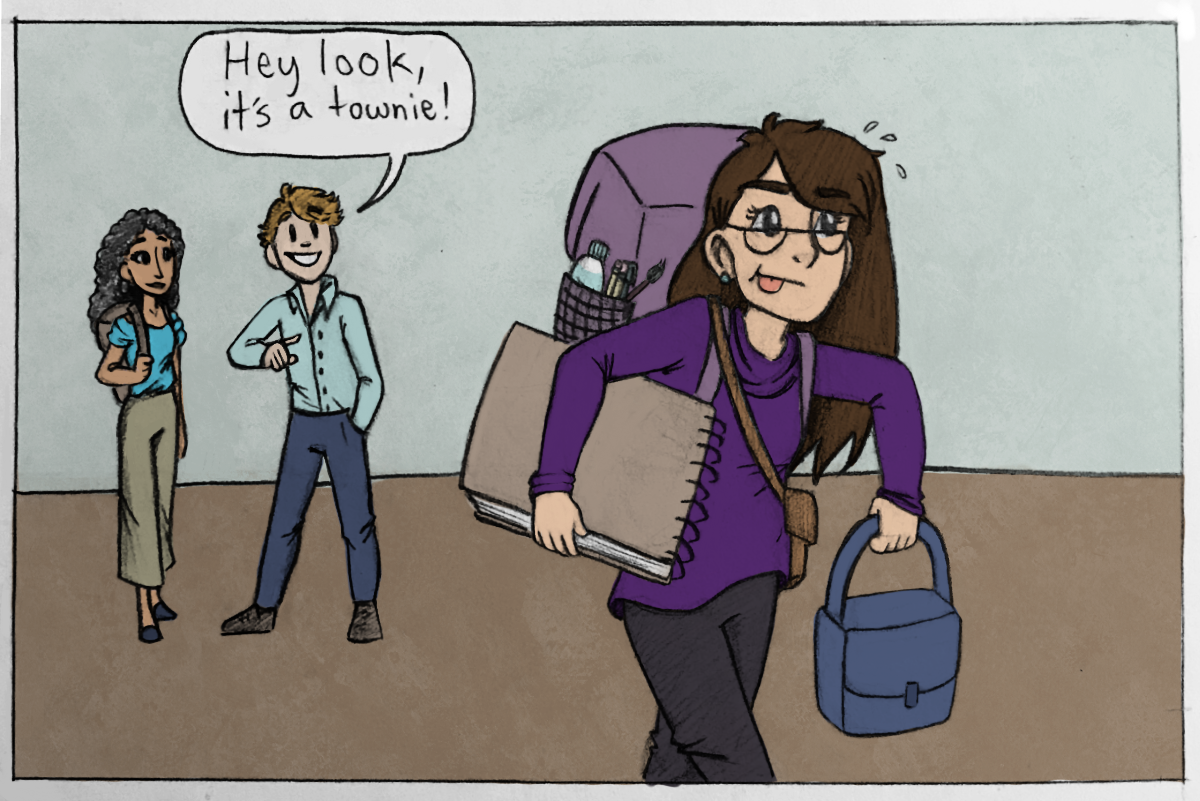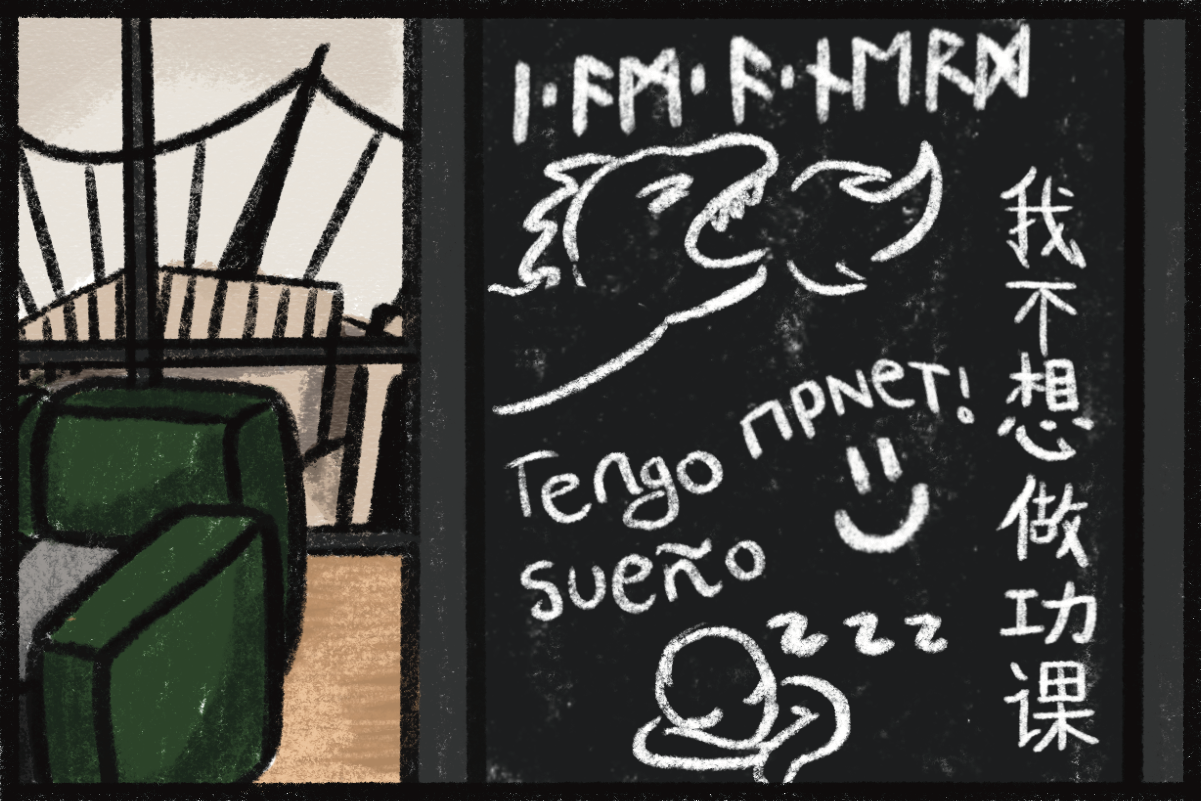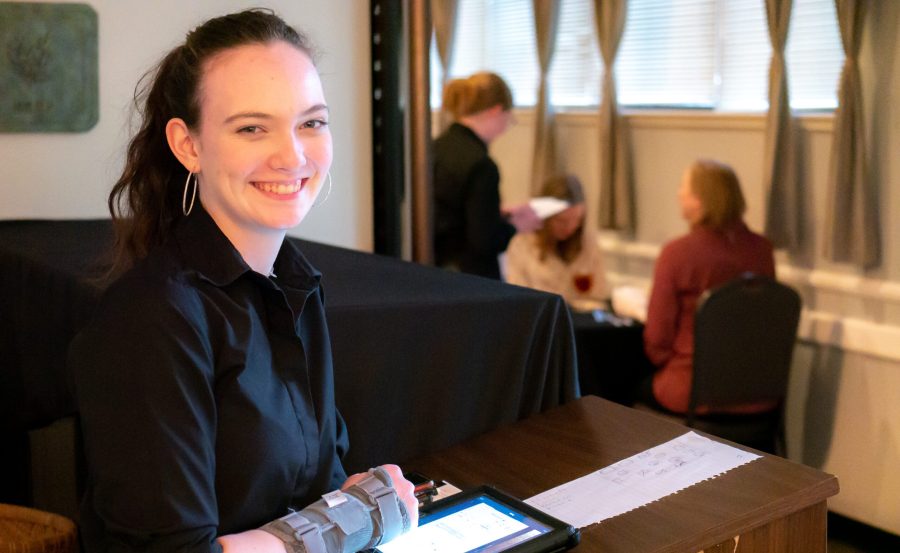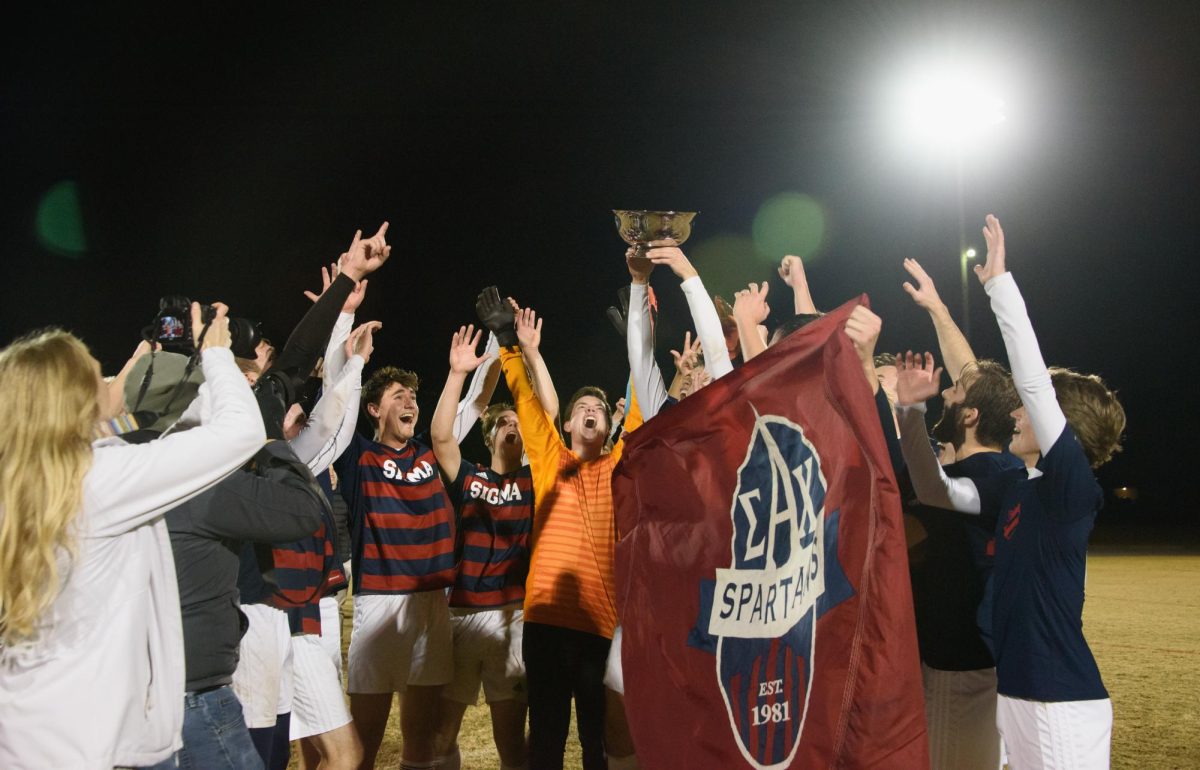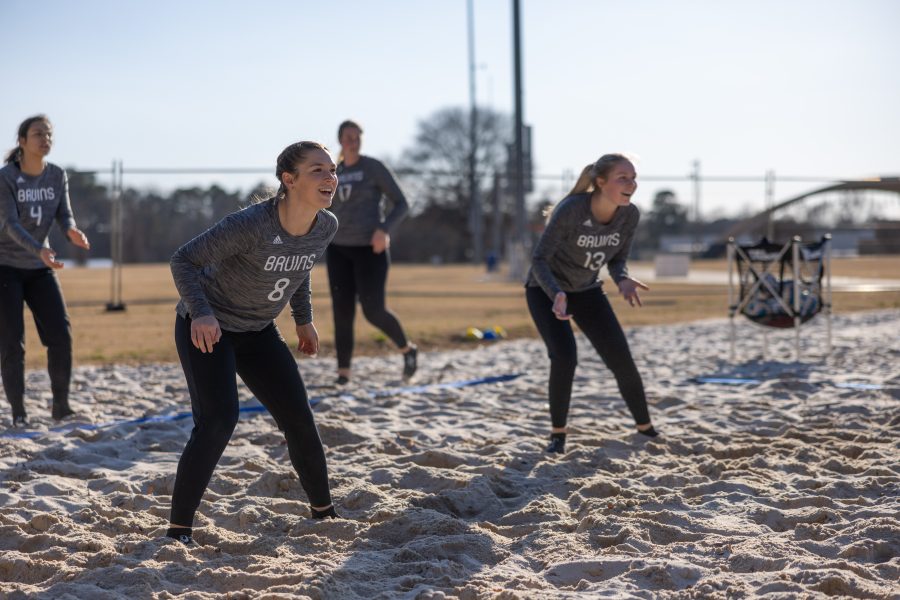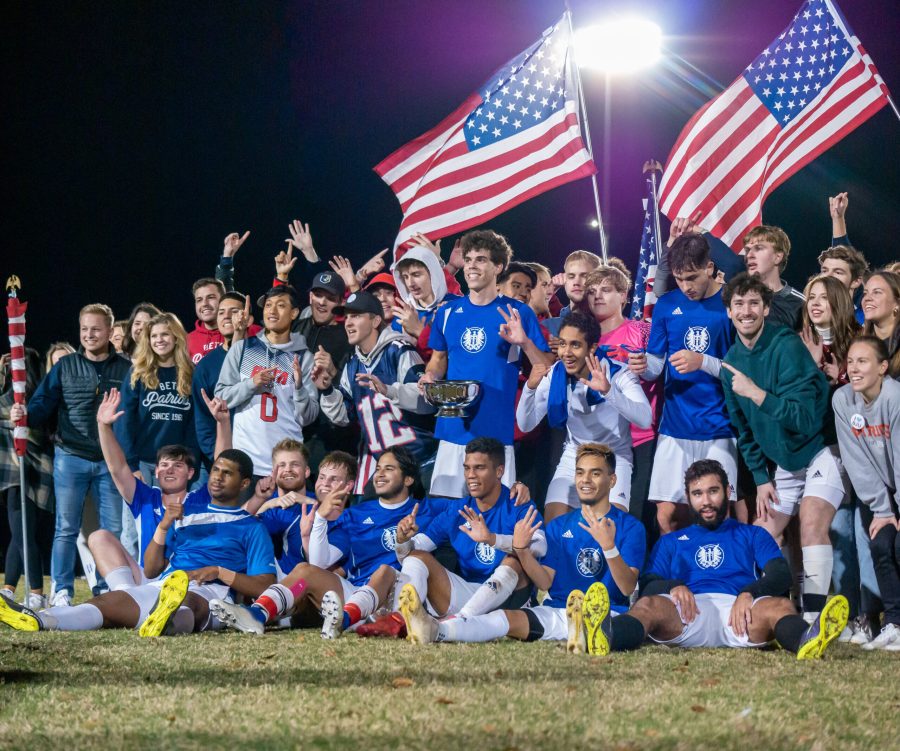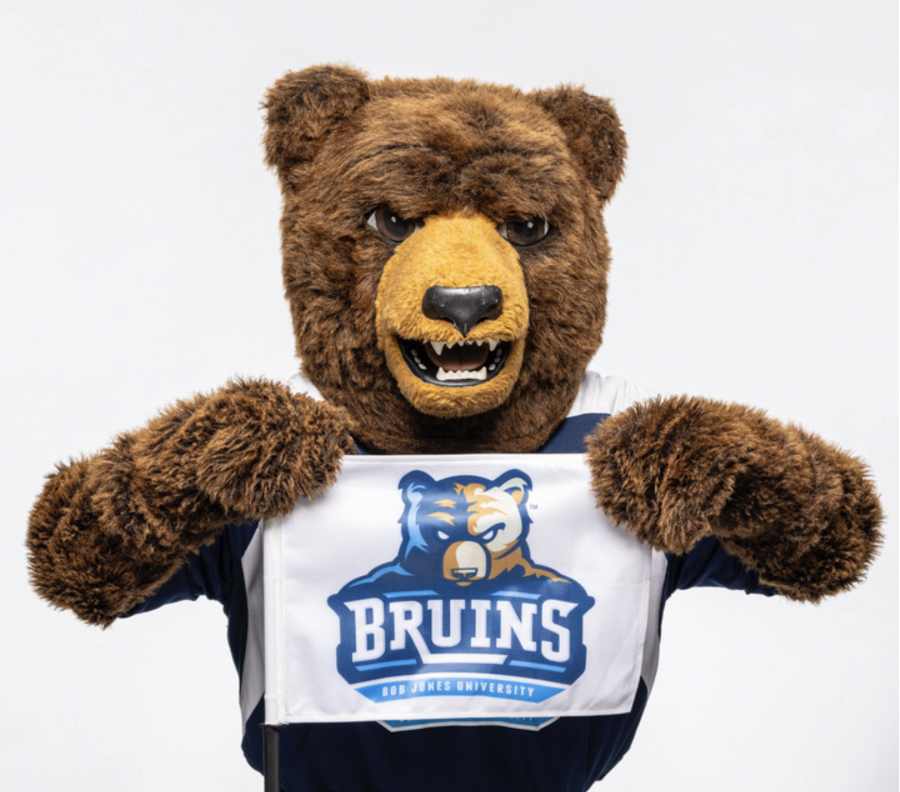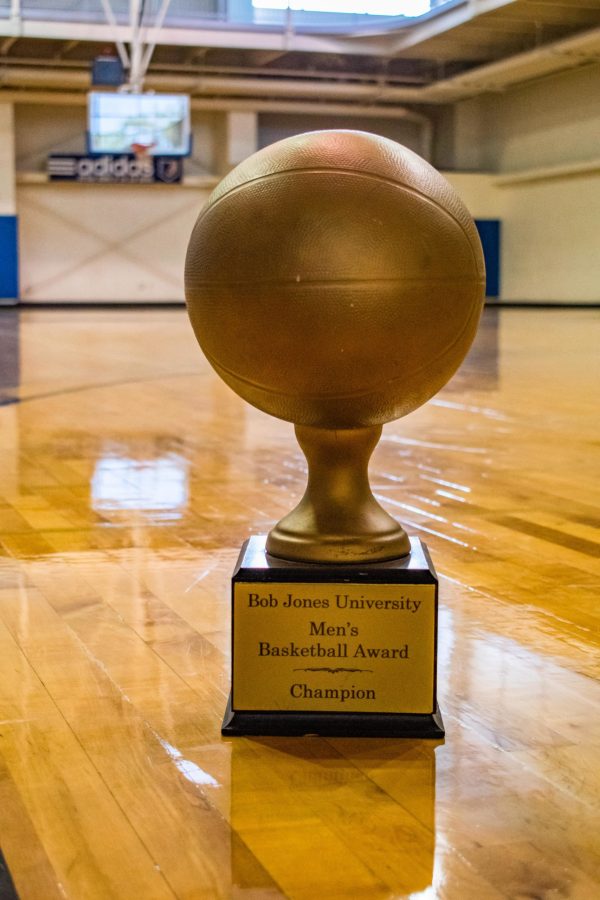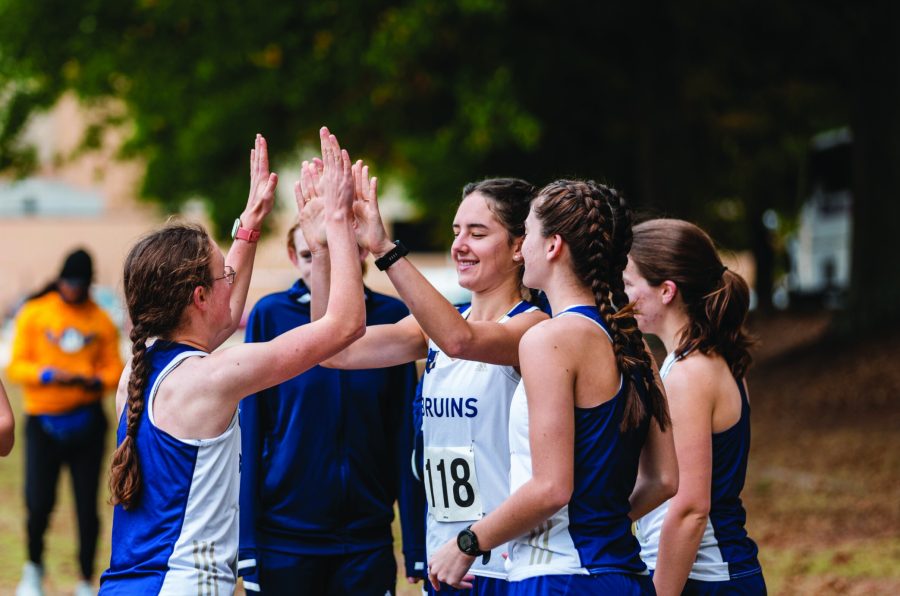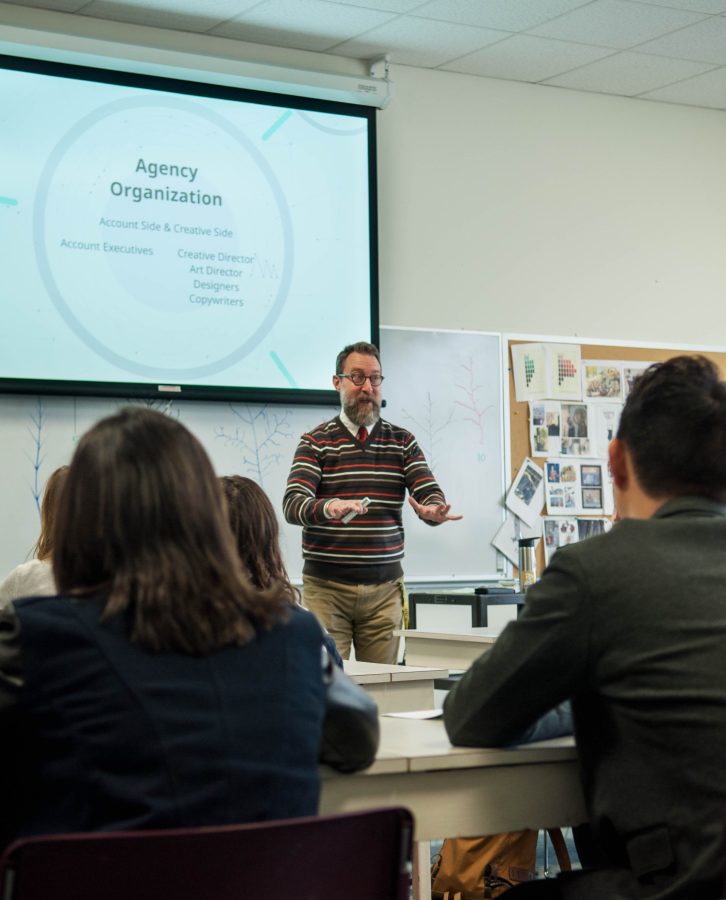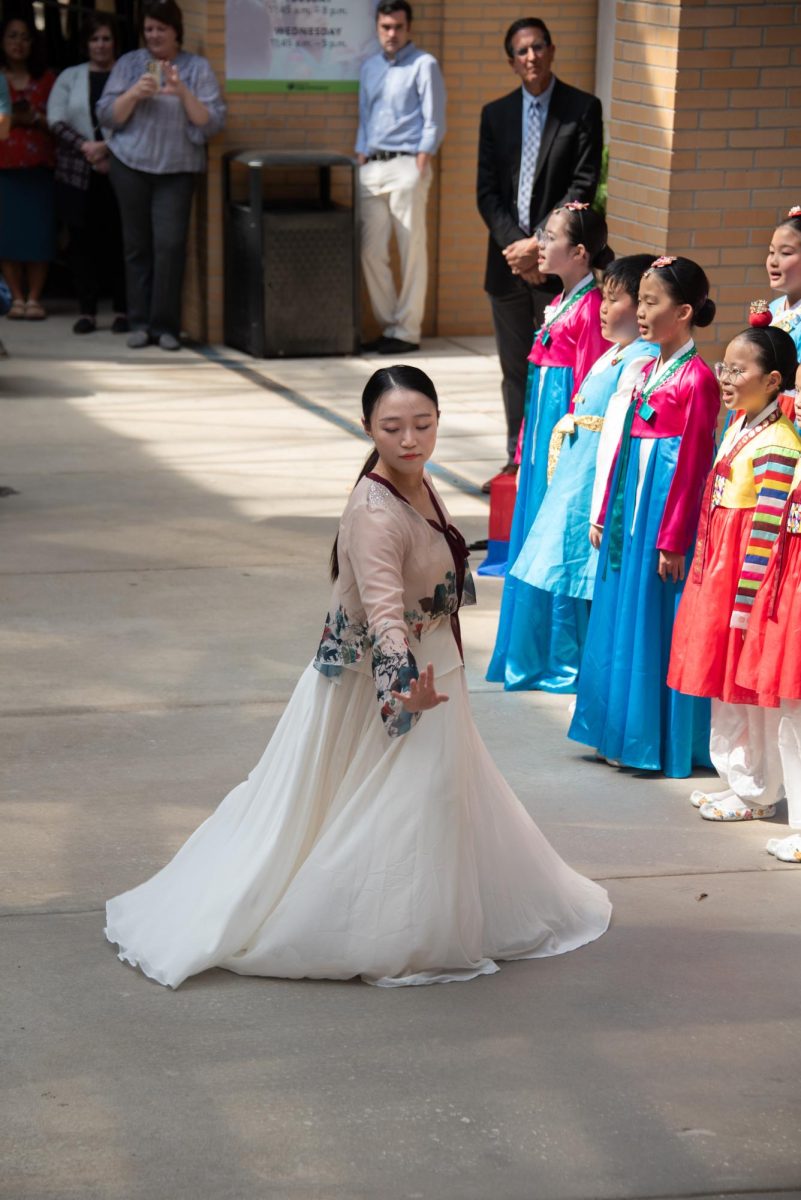With content and professors from multiple majors, interdisciplinary courses aim to enhance education while modeling and better preparing students for the workforce.
“Learning to think across disciplines and to make connections between different fields of study is a hallmark of liberal arts education,” said Dr. Gary Weier, executive vice president for Academic Affairs.
The interdisciplinary courses began with Incarnation and the Humanities last semester. This semester Advertising Principles and Practices is being offered.
Advertising Principles and Practices
Jay Bopp, chair of the Division of Art and Design, is a professor for the newest interdisciplinary class which draws students from marketing and journalism, as well as graphic design.
When Bopp began to teach full time in 2000, he noticed there were no classes designed to simulate a workforce environment, where disciplines overlapped and communicated to complete assignments.
“A number of years ago I became aware of the National Student Advertising Association which is sponsored by the American Advertising Federation (AAF),” Bopp said. “I have been involved with AAF for years, [and] won some awards, and when I realized there was this big national student advertising competition I [said], ‘We need to be doing that.’”
Last year, Weier submitted to the Academic Council the idea of adding interdisciplinary courses to the University’s course catalog.
“Interdisciplinary courses give our faculty and upperclassmen greater opportunities to engage in collaborative learning across departments and majors. There are practical benefits—this type of learning improves a person’s creative and critical thinking skills, which are increasingly important in today’s world,” Weier said.
After the Academic Council created a process for faculty members to propose interdisciplinary courses, Bopp reached out to Robert Hucks, division chair of business management, and Kathryn Gamet, faculty member in the journalism and mass communication department.
Together, they wrote a proposal for the course that became Advertising Principles and Practices.
“It’s a perfect opportunity for students to see [the process] from beginning to end and to demonstrate their creativity and the strategy that they will put into place,” Hucks said.
Mondays are lecture days, and Wednesdays function as creative lab days for students to come together in smaller groups and complete creative exercises or certain tasks for the semester project.
“We will have checkpoints along the way, but since it’s a competition, [the faculty] can’t do any of the work. We guide, instruct, maybe help refocus, but we can’t help them do anything,” Gamet said.
Each team prepares for their district competition; BJU’s district competes on April 7 in Raleigh, North Carolina. According to the professors, a representative team from the class will be selected to pitch the campaign to the judges.
“Whoever wins that competition goes to the [national] final in Los Angeles where each team will actually pitch their ideas to Snapple executives,” Hucks said.
American Advertising Federation
An official AAF chapter has also been organized at BJU. Gabrielle Salter, chapter president and graphic design major, is excited for BJU students to compete in such a large business competition for the first time.
Aside from the Snapple competition within the class, students who apply for membership and join the chapter will continue to compete and participate in opportunities the chapter has to offer outside of the class. The AAF chapter benefits students beyond some of the other marketing chapters on campus, according to Salter, because the organization operates locally and personally. Students can become involved in more competitions and work opportunities within the chapter rather than as an individual member or in the class.
“AAF is voluntary, but it unlocks 10 times more opportunities than this class does,” Salter said. Many graphic design majors have already begun their projects that will be submitted in the Greenville Addy awards, another national competition. “It’s very impressive on a resume,” Salter said.
Emily Dingeldein, a senior marketing major and student in the class, said she decided to take the class for first-hand experience in advertising—for a chance to work with students in the other majors that she would be working with in an ad agency.
“I love watching [designers] pull ideas from the business strategy people and putting it on to something and making it real. I think this is the first time the [three] have really come together, on our campus specifically, for a class,” Dingeldein said.
Concerning the campus chapter, Dingeldein recommends joining. As a senior, she has already had a few interviews for internships and jobs; many have asked about her chapter involvement.
“I would highly suggest getting involved,” Dingeldein said. “You meet people, get experience working on projects, and you learn how to work in teams, which is how it’s really going to be when you’re done school.”

